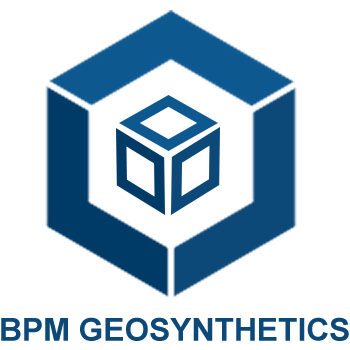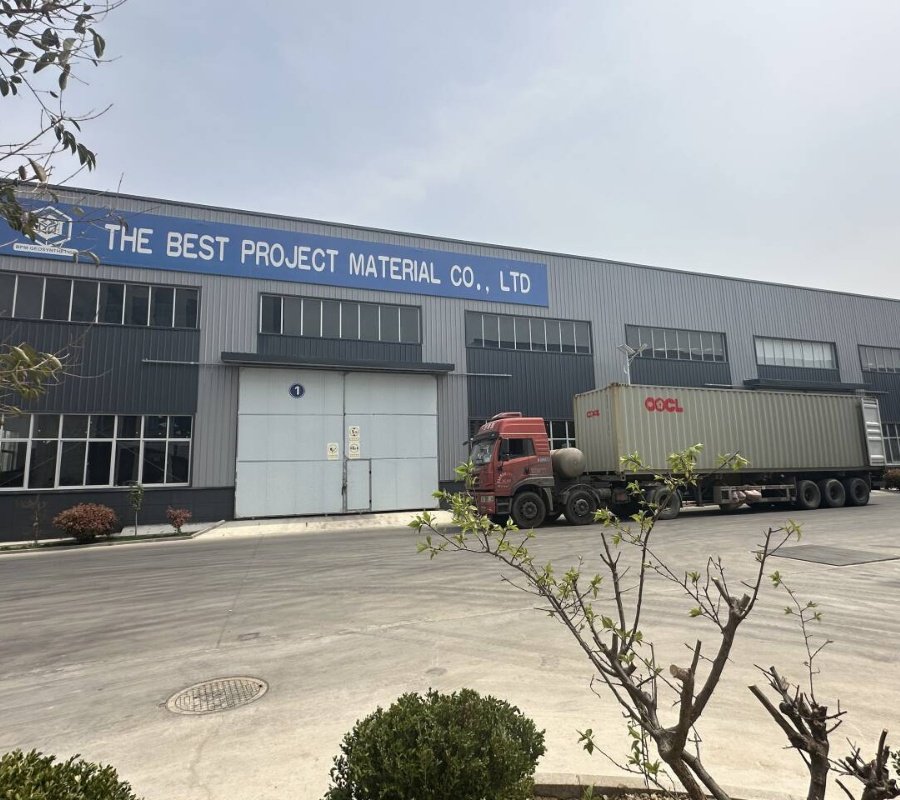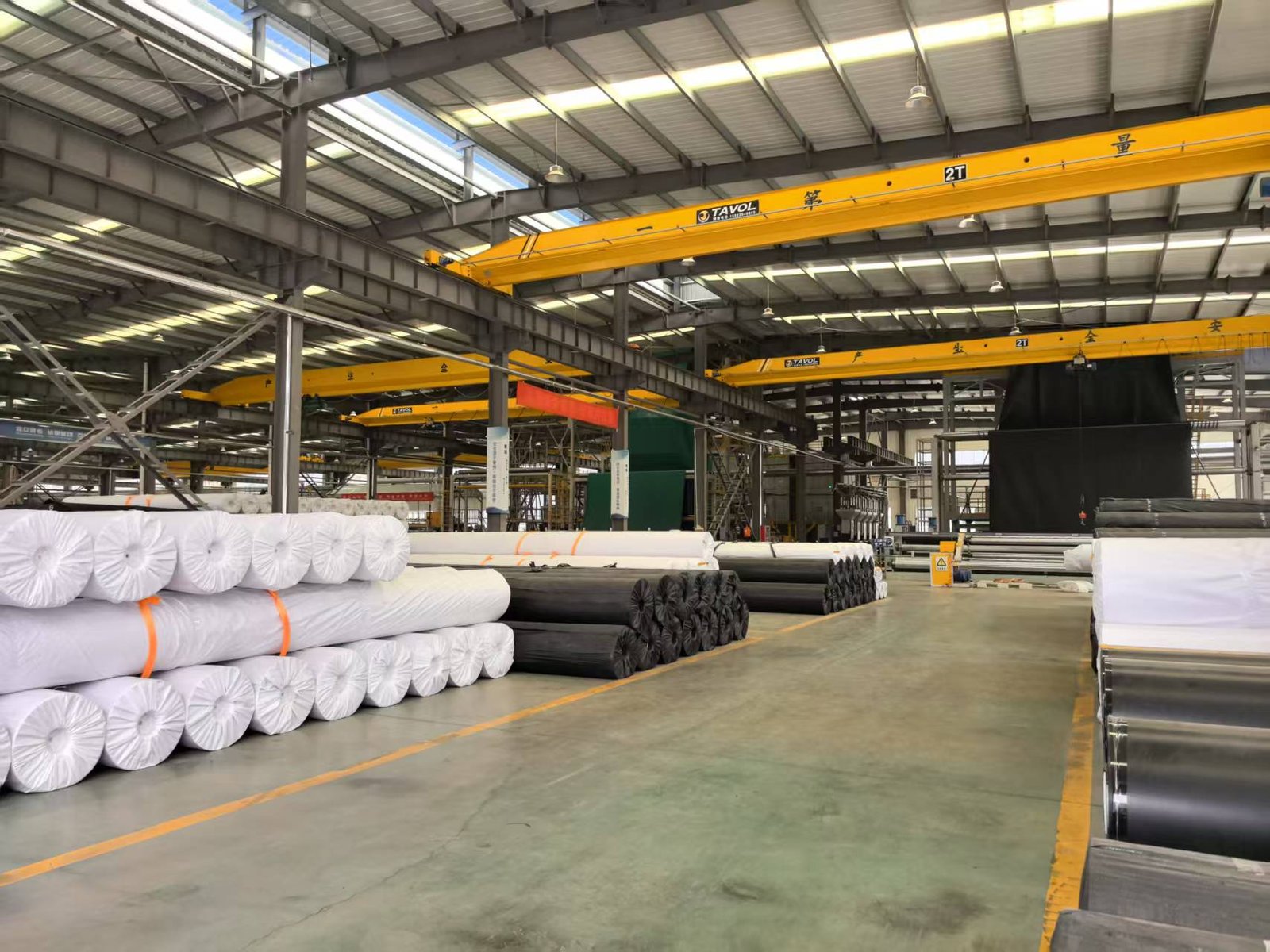HDPE geomembrane is used in the engineering field. Its good anti-seepage performance and durability can protect groundwater resources from pollution. In fact, HDPE geomembrane is also increasingly used in aquaculture fields such as fish ponds. This article will analyze the advantages and disadvantages of geomembrane fish farming in order to provide reference for the majority of farmers.
1.Advantages of HDPE Geomembrane for fish farm
1.1. Water storage
HDPE geomembrane has good water storage performance due to its low permeability coefficient, which can prevent water in the fish pond from seeping into the soil, monitor the water level, and save related water retention costs.
1.2. Water quality stability
The use of HDPE geomembrane can maintain the balance of water quality, reduce changes in moisture conditions, and reduce the cost and time of controlling water quality.
1.3. Oxygen content
The use of HDPE geomembrane can reduce the loss of oxygen caused by infiltration into the soil, facilitate monitoring of oxygen content in the water, and reduce the cost of supplementing oxygen in fish ponds.
1.4. Reduce maintenance costs
The use of HDPE geomembrane can inhibit the growth of algae in the water and is easy to clean. Since the geomembrane itself contains UV-resistant additives, the geomembrane is not afraid of sunlight and is easy to maintain. The use of geomembranes can provide a convenient monitoring and safe environment. Since the cost and time of maintenance are low, fishing can be conveniently carried out.
1.5. System stability
Compared with directly digging a pond, the use of HDPE geomembranes can make the slope stable. It is conducive to eliminating the threats brought to the fish pond by natural conditions such as wind, rain, and waves, and maintaining the stability of the system during design to prevent the loss of the cultivated crops in the fish pond due to environmental damage. In addition, the use of HDPE geomembrane can make the pond have a steep slope and depth, which is equivalent to increasing the output in disguise. The stability of the system, of course, also reduces the cost of earthwork for the maintenance of the fish pond.
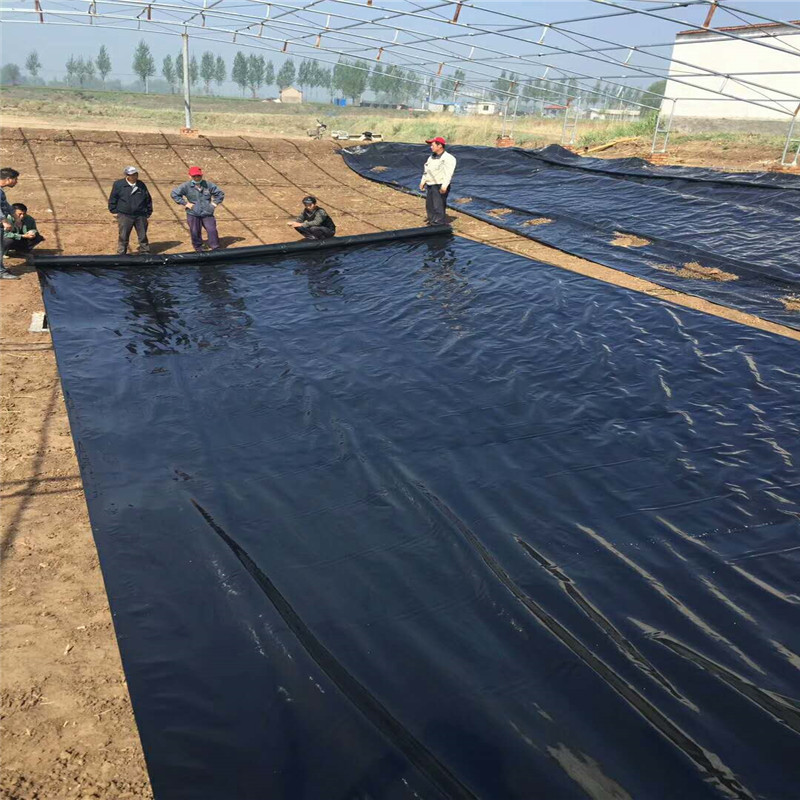
2.The role of HDPE Geomembrane for fish farm
2.1. HDPE Geomembrane can effectively prevent water leakage in the fish pond and maintain the stability of the water volume in the fish pond. It avoids frequent water replenishment caused by water leakage, saves water resources and reduces the cost of farming. Especially for some areas where water sources are not sufficient, the role of anti-seepage geomembrane is more significant, which can keep the fish pond at a suitable water level for a long time and provide a stable living environment for fish.
2.2. HDPE Geomembrane can prevent the soil at the bottom of the fish pond from being washed away by the water flow, and maintain the flatness and stability of the bottom of the fish pond. This is conducive to the habitat and foraging of fish, reduces the stress and damage caused to fish by the unstable bottom environment, and is conducive to the healthy growth of fish.
2.3. It can effectively prevent harmful substances and pollutants at the bottom of the fish pond from penetrating upward, avoid pollution of the water body, and ensure the cleanliness of the aquaculture water quality. This is especially important for high-density fish ponds, which can reduce the probability of disease and improve aquaculture benefits.
2.4. HDPE Geomembrane is also convenient for the management and maintenance of fish ponds. Its smooth surface is not easy to breed algae and microorganisms, reducing the difficulty and frequency of cleaning work. At the same time, it is also convenient for operations such as dredging the fish pond and keeping the fish pond in good condition.
3.HDPE Geomembrane Installation
3.1. Construction preparation
3.1.1. Foundation treatment
Before construction, the base surface of the fish pond should be thoroughly cleaned to remove weeds, stones, silt and other debris to ensure that the surface is flat, solid and free of sharp objects. The bottom of the pond should also be compacted to prevent damage to the geomembrane due to an unsolid foundation.
3.1.2. Measurement and cutting
Accurately measure the length, width and depth of the fish pond, calculate the area of the required geomembrane based on the measurement results, and reserve a certain margin. When cutting the geomembrane, it should be cut accurately according to the shape of the fish pond to avoid wasting materials.
3.1.3. Material selection
Fish pond geomembranes generally use high-density polyethylene (HDPE) geomembranes with a thickness of more than 0.5 mm. It has very good corrosion resistance and anti-aging properties, which can extend the service life of the fish pond.
3.2. Construction steps
3.2.1. Laying the bottom layer
Lay the geomembrane flat on the bottom of the fish pond, and maintain a certain degree of relaxation to avoid tearing due to excessive stretching. When laying, spread it from the middle to both sides to ensure that the geomembrane fits tightly to the base surface.
3.2.2. Laying the slope
Lay the geomembrane along the slope, and fix the edge of the membrane at the bottom with soil or stones to ensure that the geomembrane fits tightly with the slope. When laying the slope, pay attention to maintaining the looseness to avoid wrinkles.
3.2.3. Welding overlap
The geomembranes are connected by hot melt welding. Before welding, clean the geomembranes on both sides of the weld and keep them dry. When welding, use a special welding machine to operate to ensure that the weld is firm and flat. The overlap width is not less than 20 cm, and the welding reserve is about 10 cm.
3.2.4. Fix the edge
Use anchor trenches, earth bags, stones, etc. to fix the edge of the geomembrane around the fish pond to prevent the geomembrane from shifting. When fixing, ensure that it is firmly fixed to avoid damage to the geomembrane due to water erosion during the breeding process.
3.2.5. Install the protective layer
Lay a protective layer with a thickness of not less than 50 mm on the surface of the geomembrane, such as sand, gravel, etc., to prevent aquatic animals such as fish and shrimp from damaging the geomembrane during the breeding process.
3.3 Precautions
3.3.1. Construction environment
It cannot be laid under severe weather conditions such as strong ultraviolet rays, strong winds, and rain, otherwise it will affect the quality and welding effect of the geomembrane.
3.3.2. Personnel norms
Workers must wear soft-soled shoes, smoking is prohibited in the laying area, and fire prevention measures must be strictly observed to ensure construction safety.
3.3.3 Protect the geomembrane
During the construction process, you cannot walk or place heavy objects on the geomembrane, otherwise the membrane will be damaged. After the laying is completed, water testing should be carried out in time, and leakage should be repaired in time.
3.3.4. Regular inspection
During use, the status of the geomembrane should be checked regularly, and damage or aging should be replaced or repaired in time to ensure the anti-seepage performance of the fish pond.
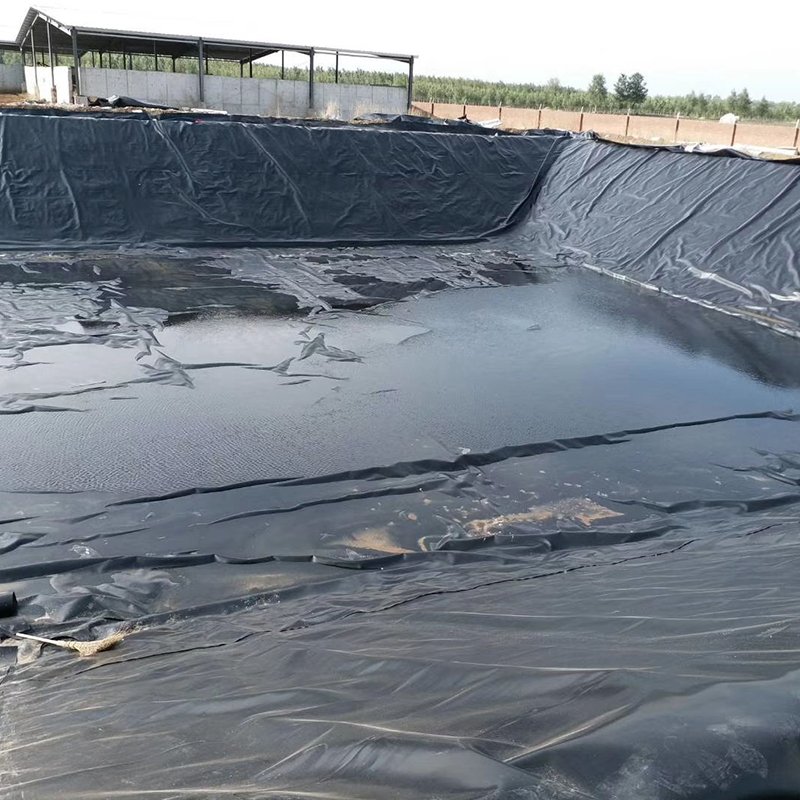
4.Disadvantages of HDPEfor fish farm
4.1. Easy to be pierced by sharp objects
HDPE Geomembrane is easily pierced by sharp objects, resulting in a decrease in waterproof performance.
4.2. Aging problems
HDPE Geomembrane will age due to factors such as solar ultraviolet radiation, temperature, rain, oxygen, etc., affecting its waterproof performance and service life.
4.3. Poor shear resistance
HDPE Geomembrane has poor shear resistance and is easily damaged during construction or use.
4.4. High construction requirements
Strict requirements on the working surface of the fish pond when laying geomembranes increase the difficulty and workload of construction.
Choose a reliable geomembrane manufacturer and high-quality geomembranes, such as geomembranes with high tensile strength, good anti-seepage performance, and strong weather resistance to ensure its durability and waterproof performance. Strict construction requirements, ensure that the base of the fish pond is flat and free of debris, pay attention to keeping the membrane surface flat during laying, and use heavy objects to fix it to prevent damage. Regular inspection and maintenance: Regularly check the status of the geomembrane, promptly detect and repair damaged or aging parts, and extend its service life.
BPM offers tailored geomembrane solutions, including thickness (0.2–3.0 mm) and width (2–10 m) adjustments to suit specific aquaculture needs. Custom welding and installation guidance further reduce risks of seam failures. With a 16,000 m² manufacturing facility and advanced production lines, BPM achieves economies of scale, lowering per-unit costs. BPM’s geomembranes undergo rigorous testing for tensile strength, puncture resistance, and chemical stability. Certifications like ISO and ASTM compliance ensure reliability, reducing long-term repair costs. BPM serves adapting to diverse environmental conditions.
Lorem ipsum dolor sit amet, consectetur adipiscing elit. Ut elit tellus, luctus nec ullamcorper mattis, pulvinar dapibus leo.
Lorem ipsum dolor sit amet, consectetur adipiscing elit. Ut elit tellus, luctus nec ullamcorper mattis, pulvinar dapibus leo.
5.Summary
This study examines the disadvantages of HDPE geomembrane for fish farm, including vulnerability to damage, environmental concerns, and installation challenges. Despite these limitations, The best project material co.,ltd(BPM) is recommended as a strategic supplier for mitigating risks. BPM offers cost-effective, customizable geomembrane liner with UV/chemical resistance, rigorous quality certifications (ISO/ASTM), and scalable production. Their technical support ensures proper installation and durability, reducing long-term expenses. By addressing key drawbacks through innovation and expertise, BPM enables sustainable, efficient aquaculture operations while balancing economic and ecological priorities.
